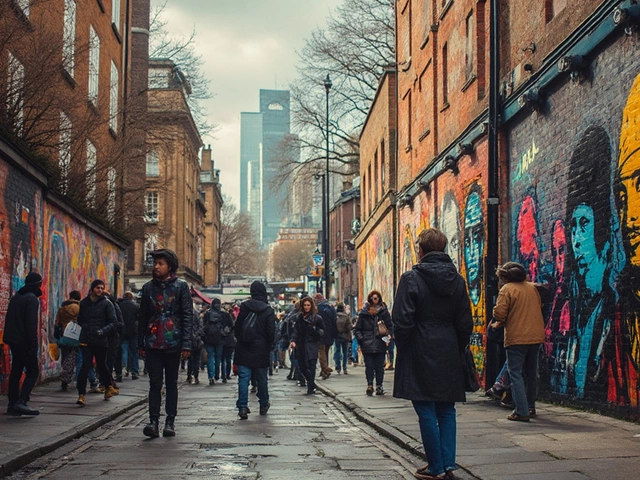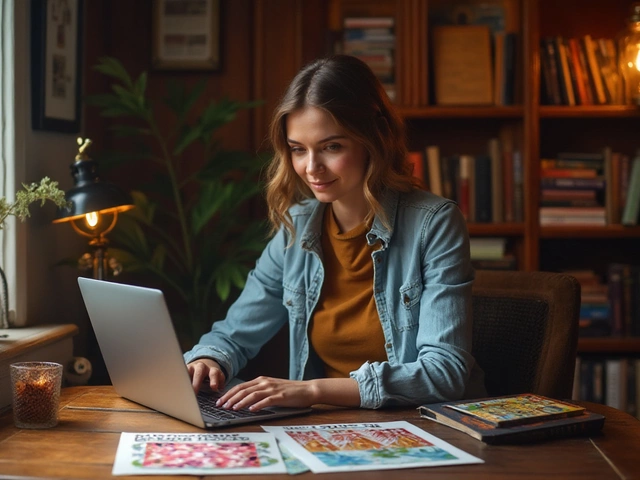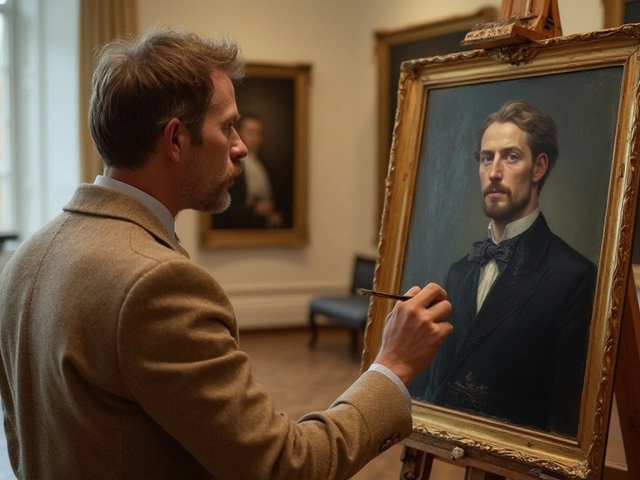Digital Art Rights – A Practical Guide for Creators
When working with Digital Art Rights, the legal protections and usage rules that apply to artworks created or displayed in digital formats. Also known as DA rights, it shapes how artists share, sell, and defend their work online. Digital art rights intersect with several key concepts: digital art, art made using software, tablets, or code, copyright, the statutory right that gives creators exclusive control over reproduction and distribution, NFTs, non‑fungible tokens that certify ownership of a unique digital asset, and licensing, the legal agreement that lets others use a work under specific conditions. Together they form a web of protections that lets artists earn money while keeping control. In short, digital art rights encompass licensing, depend on copyright law, and are influenced by emerging NFT markets.
Why Each Piece Matters
Understanding copyright is the first step. It grants you exclusive rights for a set period, meaning anyone who wants to reproduce or display your work must ask permission or pay a fee. Without a clear copyright claim, platforms can reuse your images without compensation. Next comes licensing. A well‑written license outlines how a buyer can use your piece—whether for commercial ads, personal blogs, or limited‑time campaigns. Good licensing not only protects your brand but also creates repeat revenue streams through renewals or extended permissions.
Enter NFTs. These tokens don’t replace copyright, but they add a layer of verified ownership on a blockchain. When you mint an NFT, you can embed smart‑contract clauses that automatically pay you a royalty each time the token changes hands. That means even secondary sales boost your income—a feature traditional licensing rarely offers. However, NFTs also raise new questions about jurisdiction, tax treatment, and platform fees. Knowing how NFTs interact with existing copyright law helps you avoid legal pitfalls and maximize earnings.
Finally, the practical side: choose the right platform, register your work where possible, and keep records of every license or NFT sale. Many artists use services like Creative Commons for simple permissions, while others hire legal counsel for custom agreements. The key is to treat digital art rights as a toolbox—each tool (copyright, licensing, NFTs) solves a specific problem, and using them together gives you the strongest protection and the broadest monetization options. Below you’ll find articles that dive deeper into each of these areas, from step‑by‑step guides on minting NFTs to templates for licensing contracts, so you can start safeguarding and profiting from your digital creations right away.

Canva offers an extensive library of graphics and templates, but understanding what is copyright-free is key for users. This article explores the nuances of Canva's licensing agreements, highlighting what users can and can't do with the content they design. We delve into the definitions of free-use and paid content on the platform, ensuring you'd navigate the legalities with ease. Get insights on Canva's copyright-free claims and learn how to protect your creative projects.




